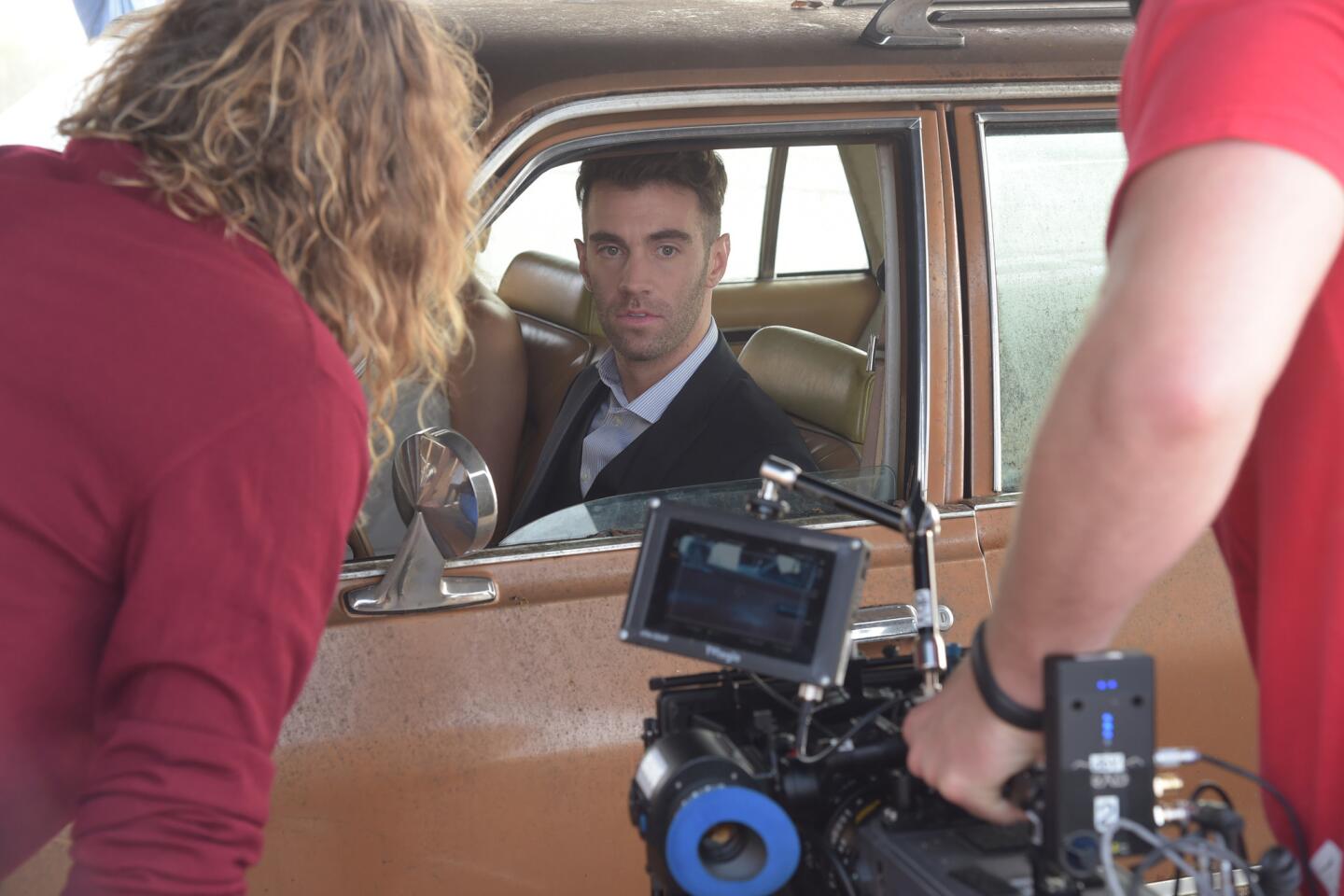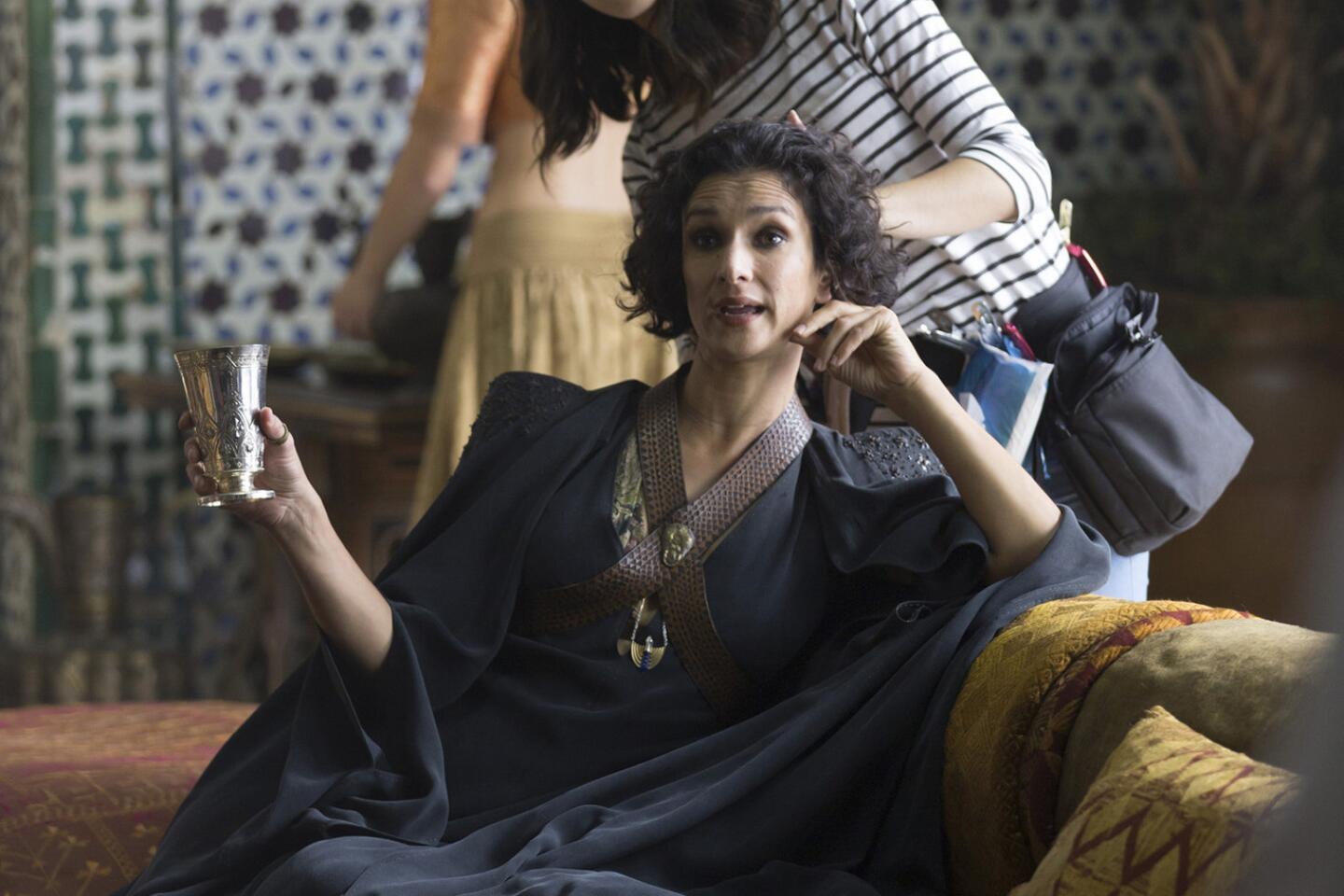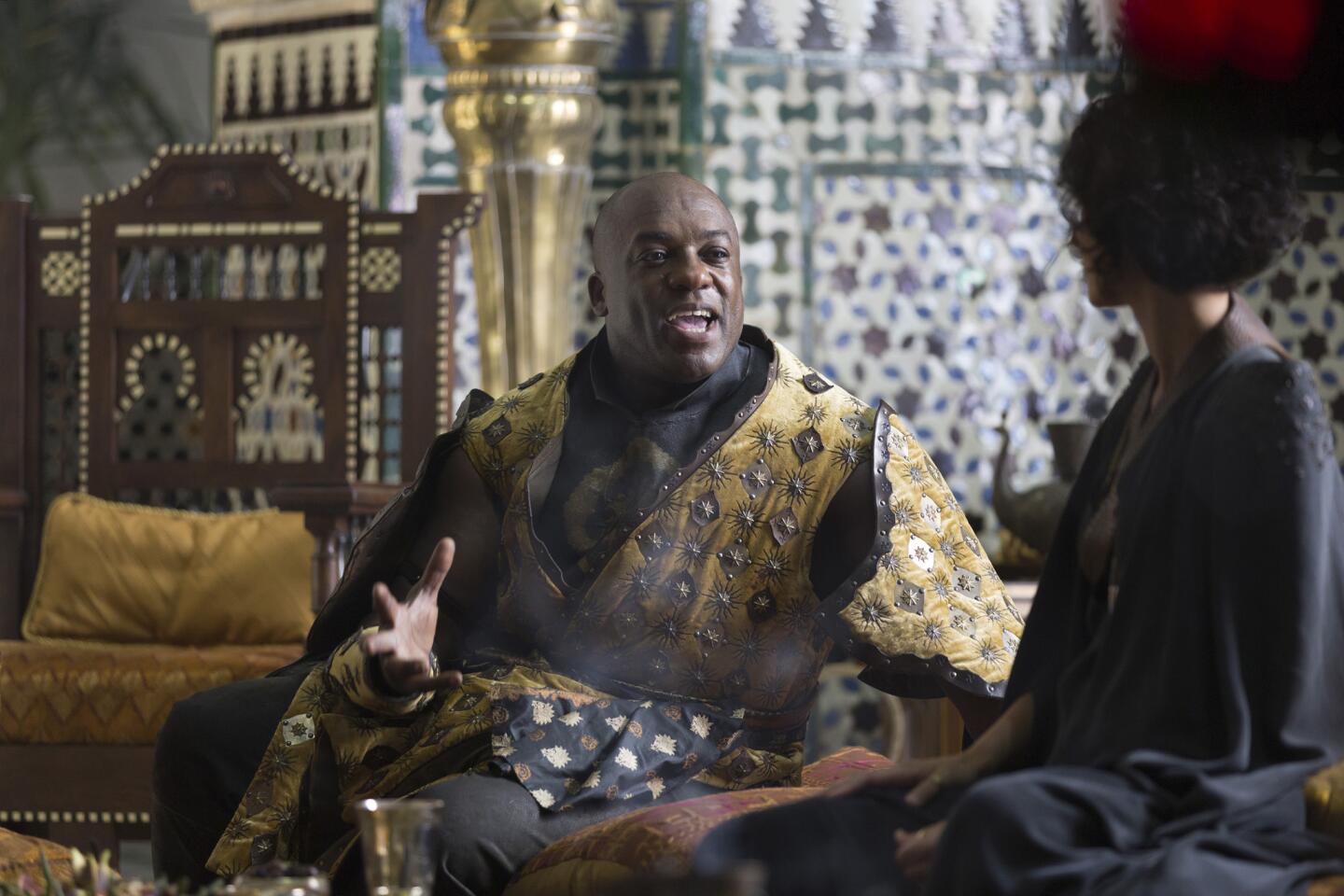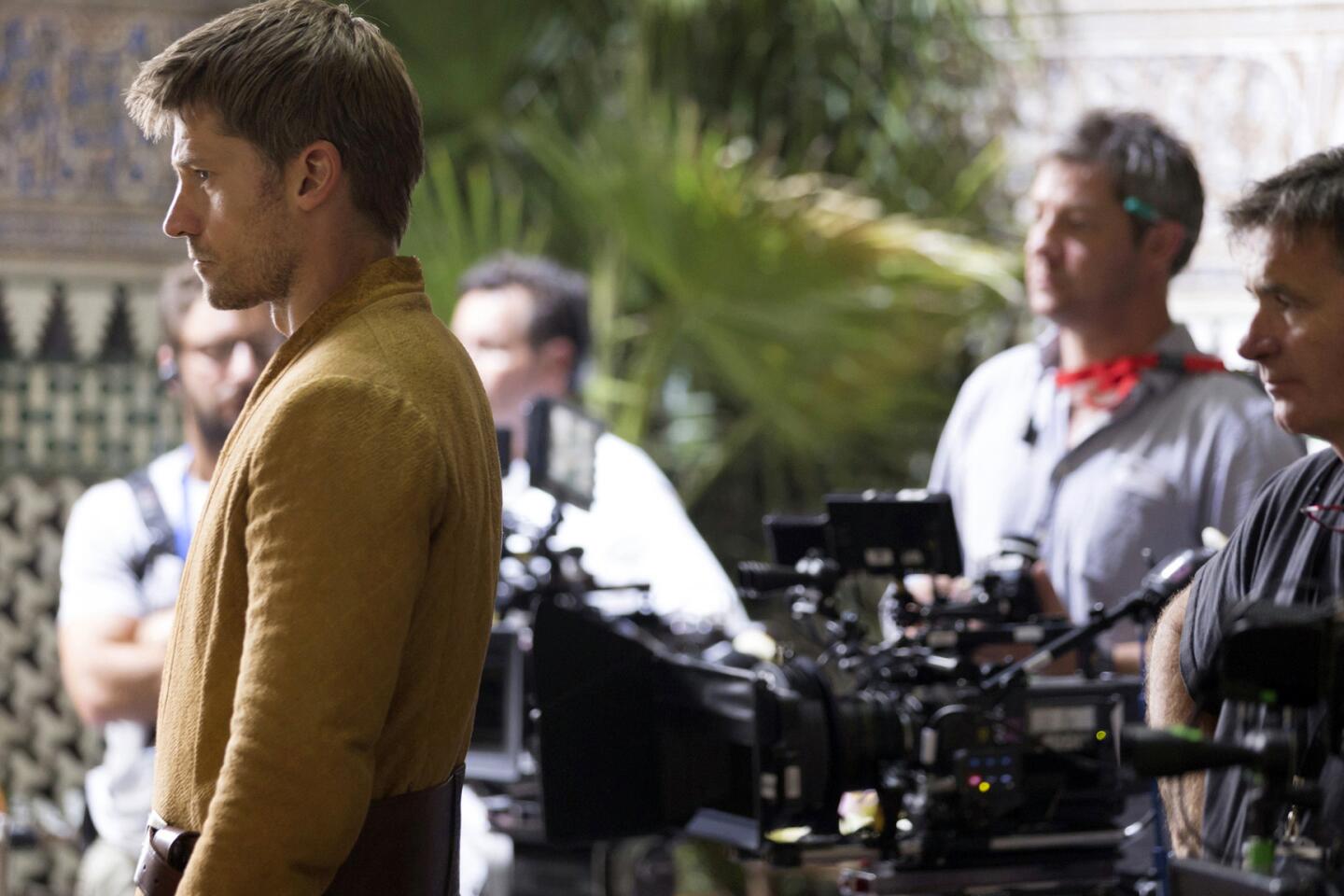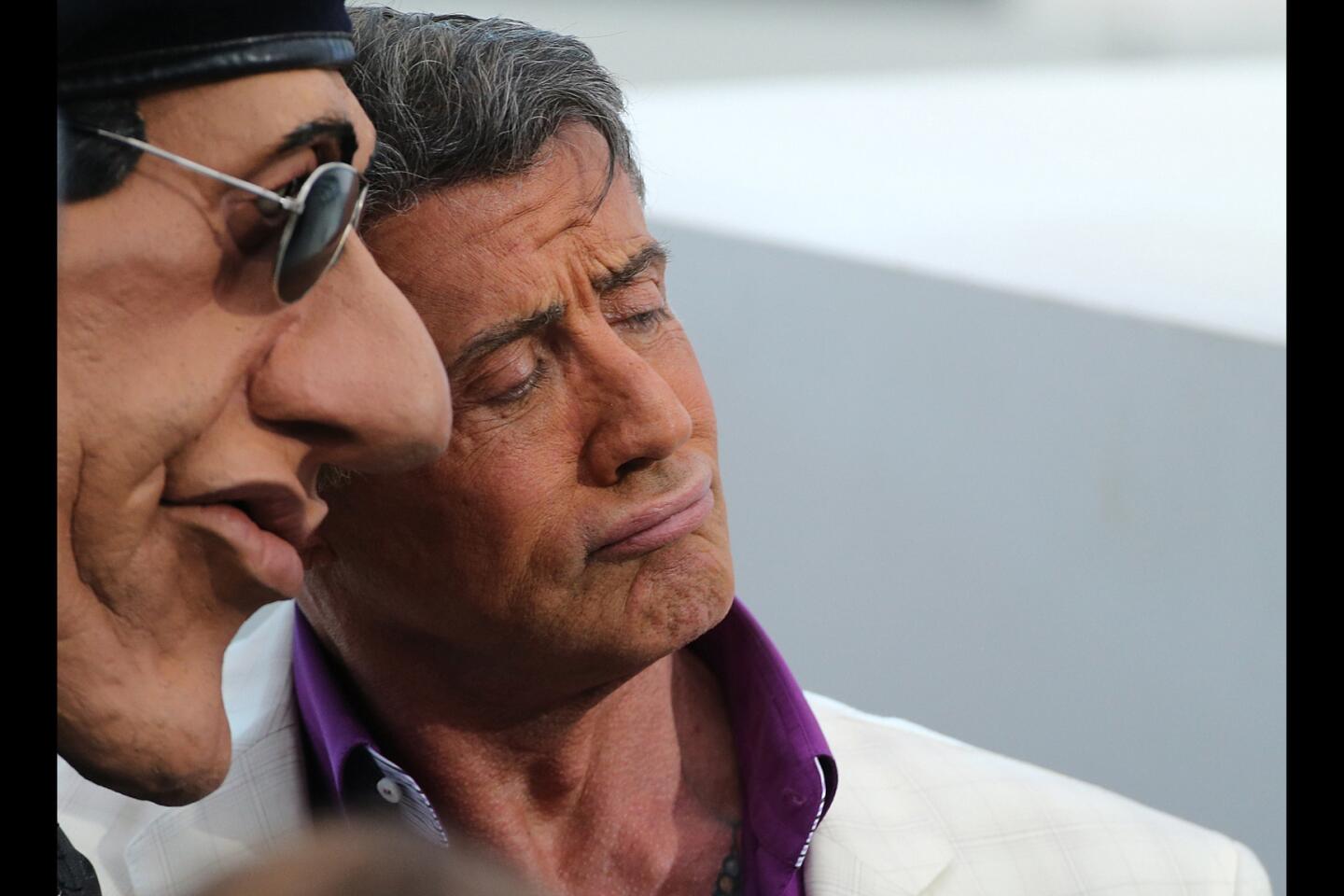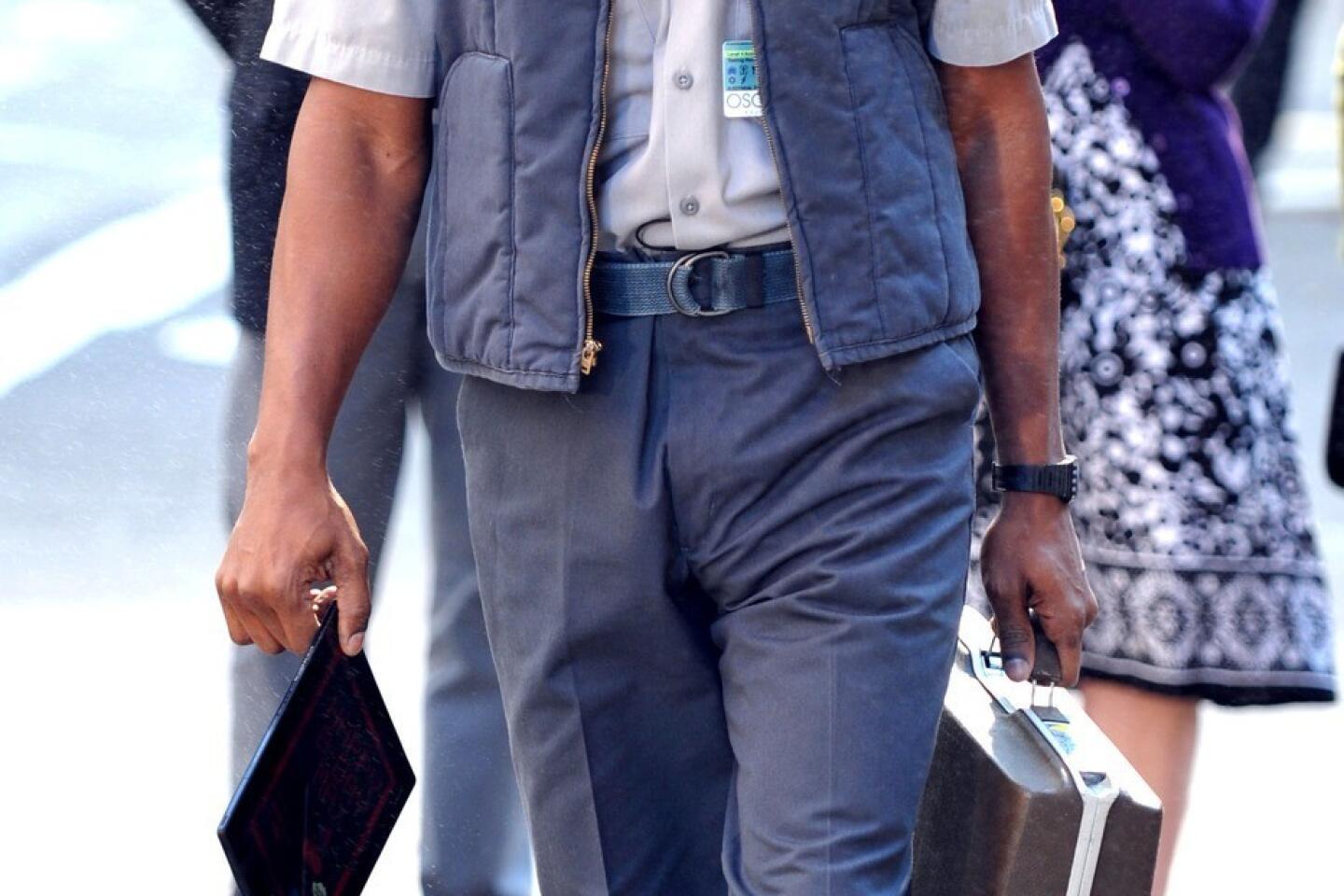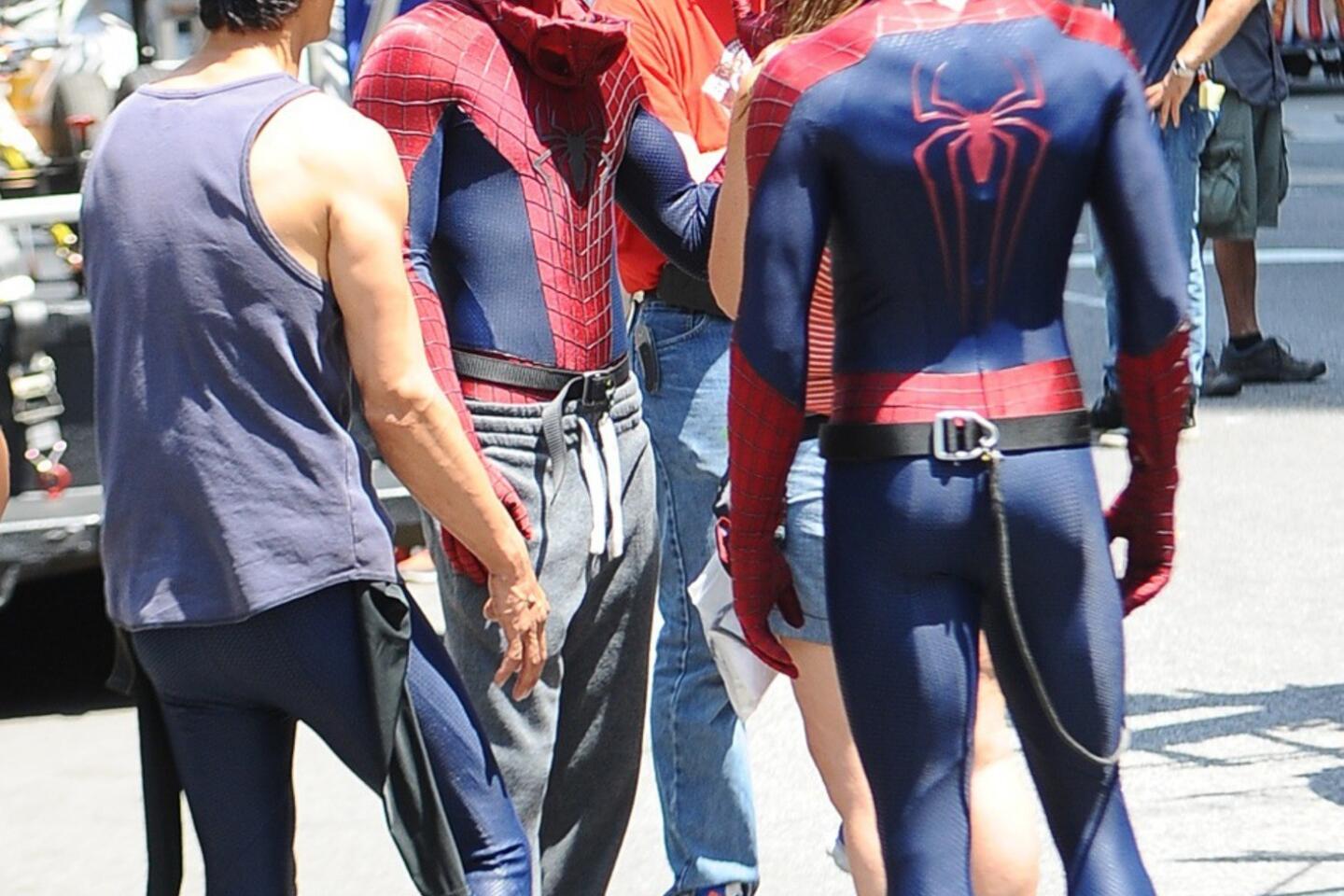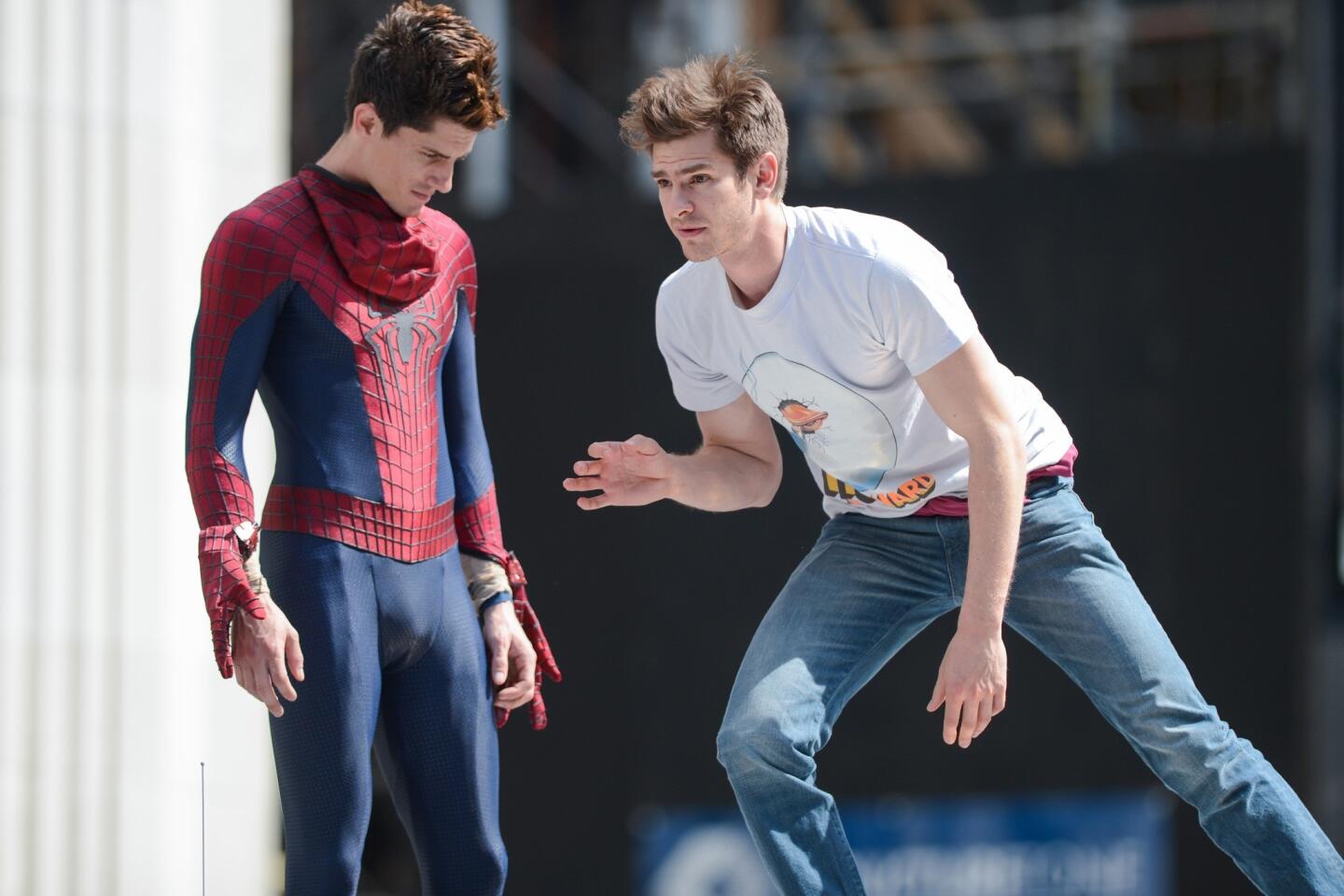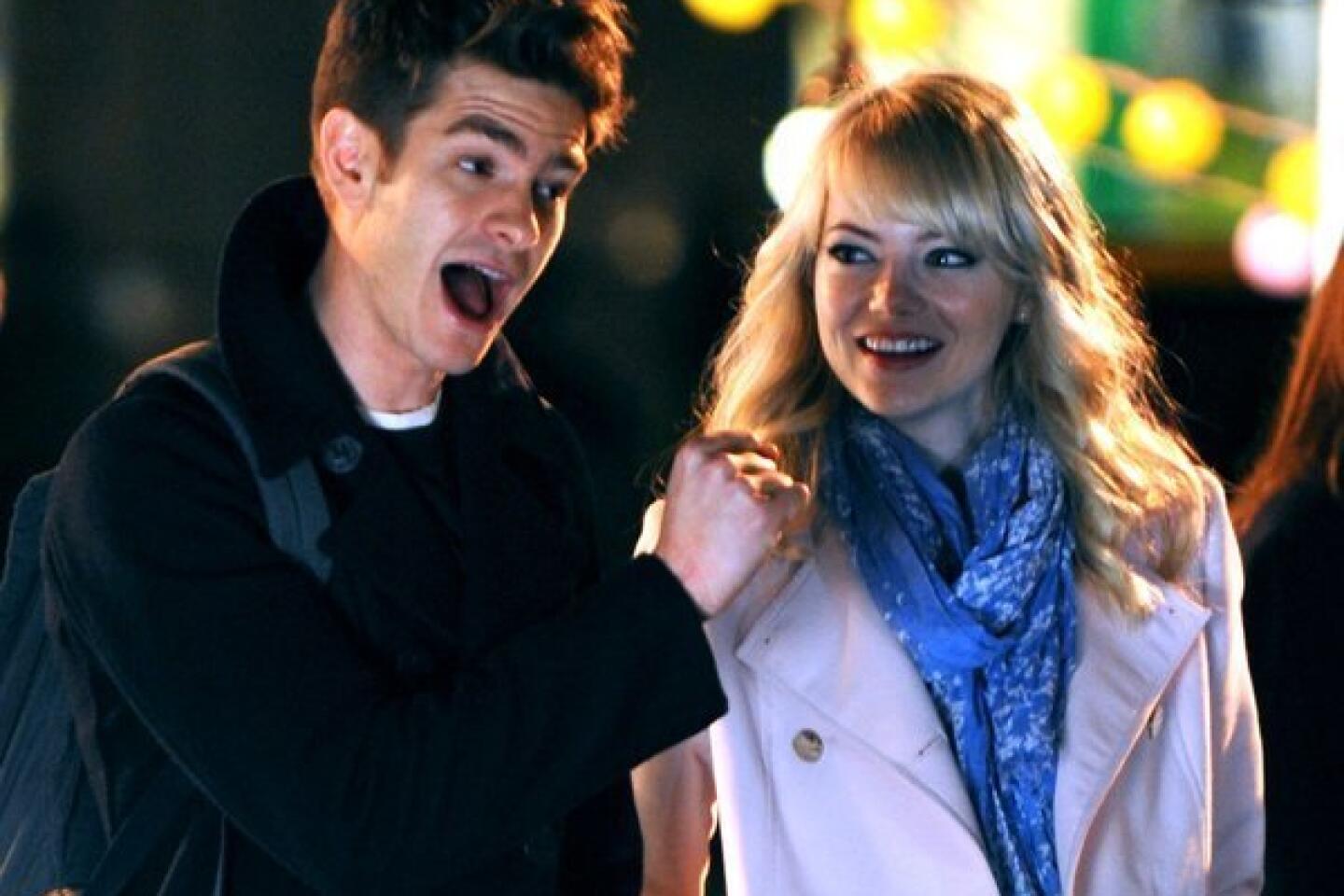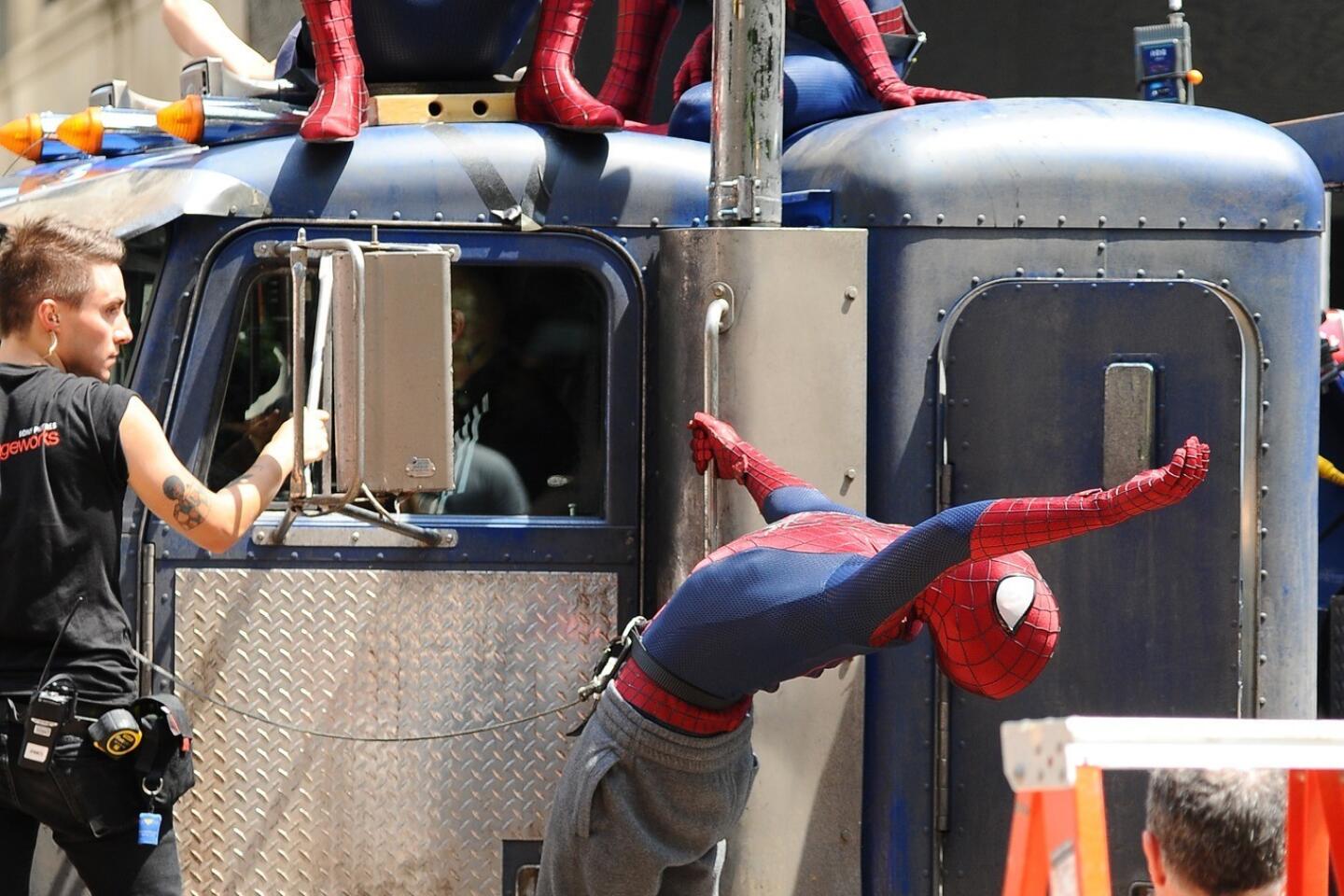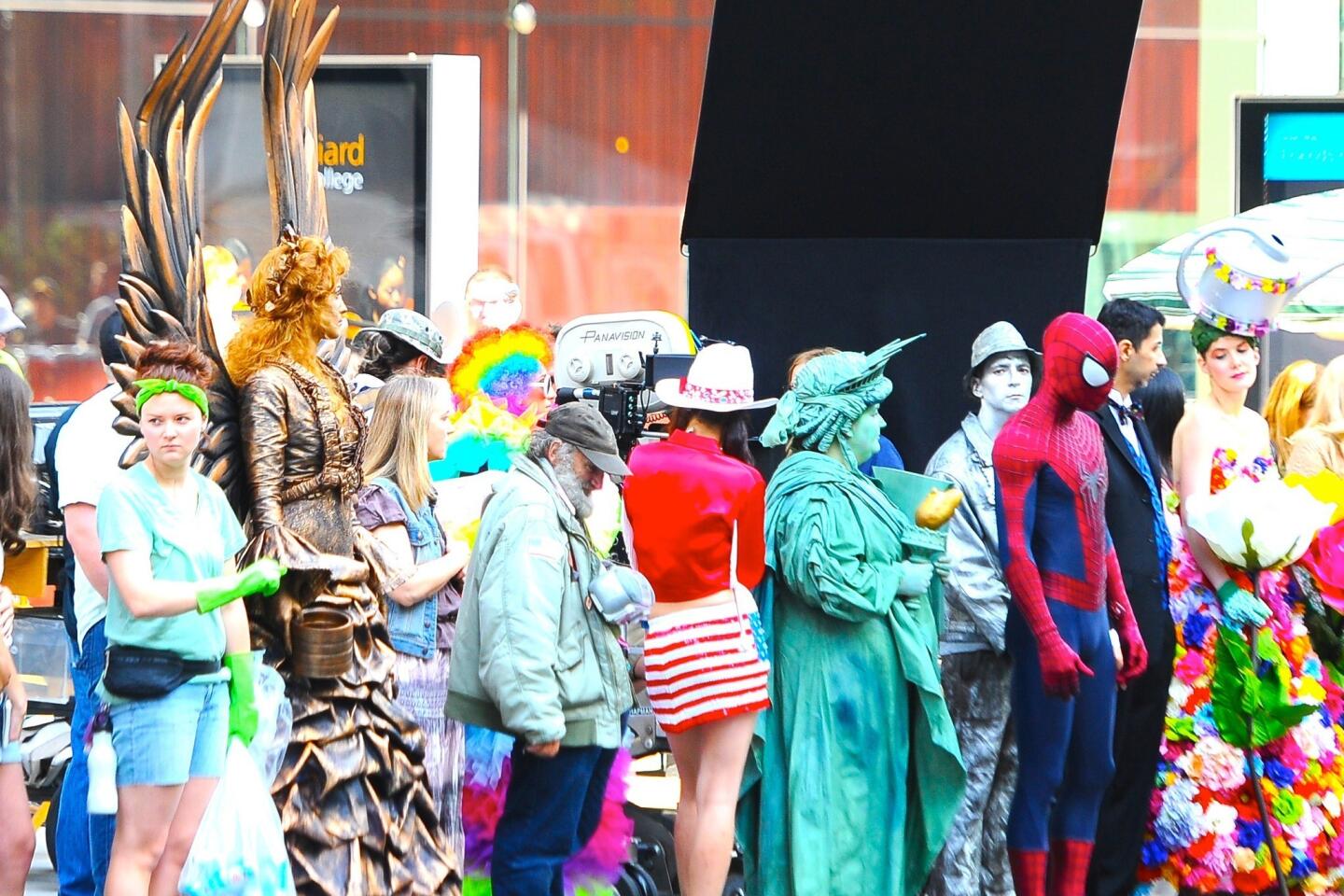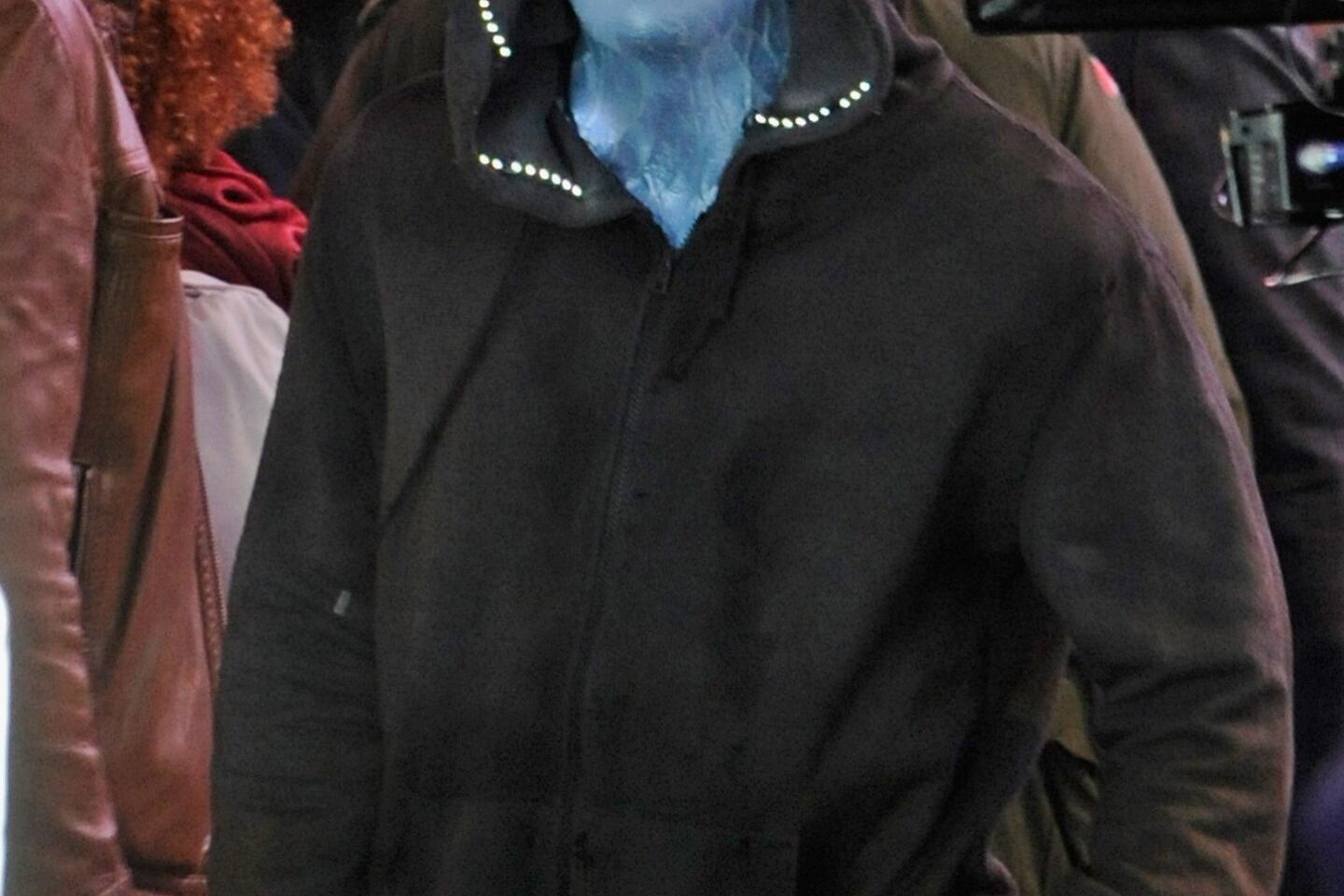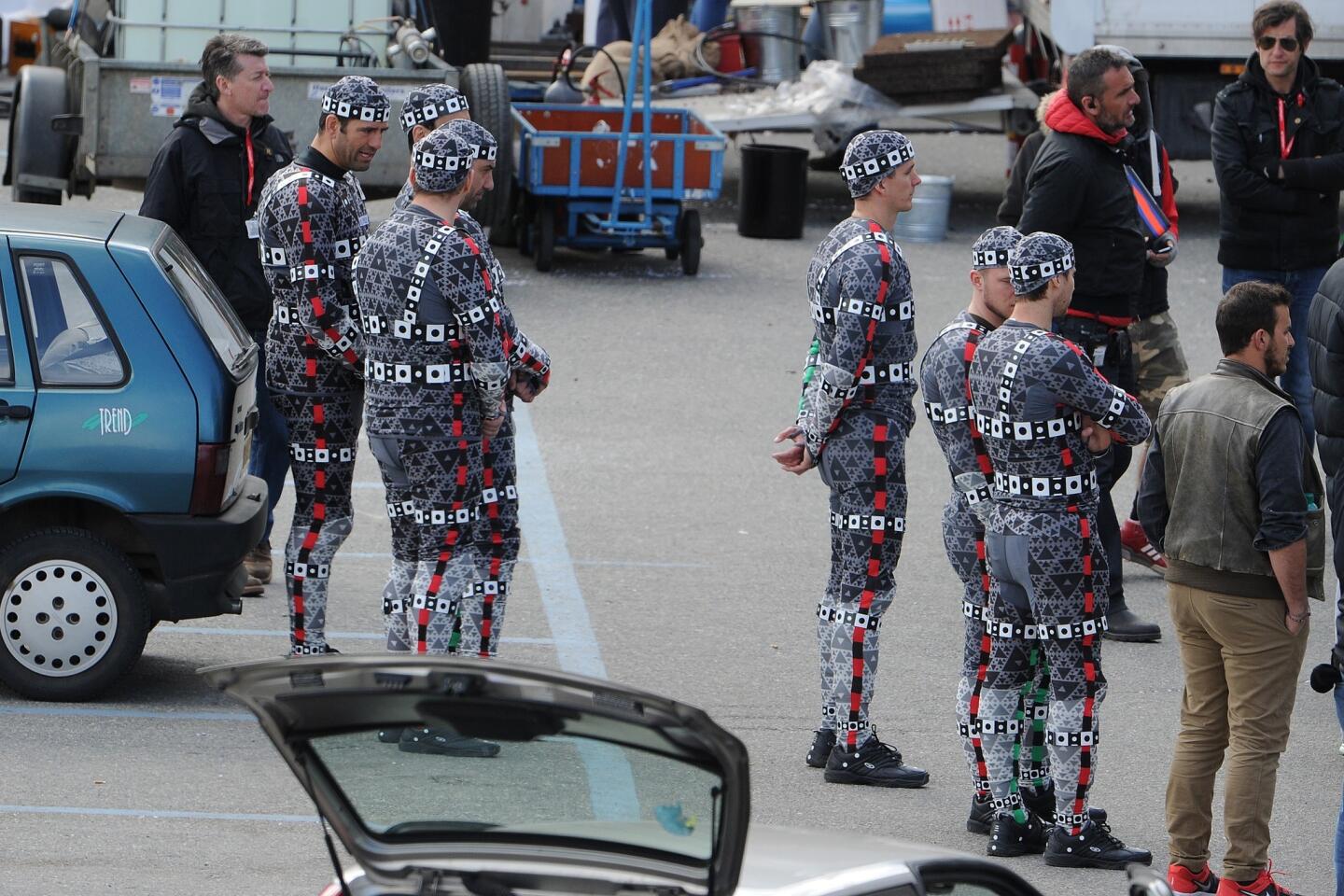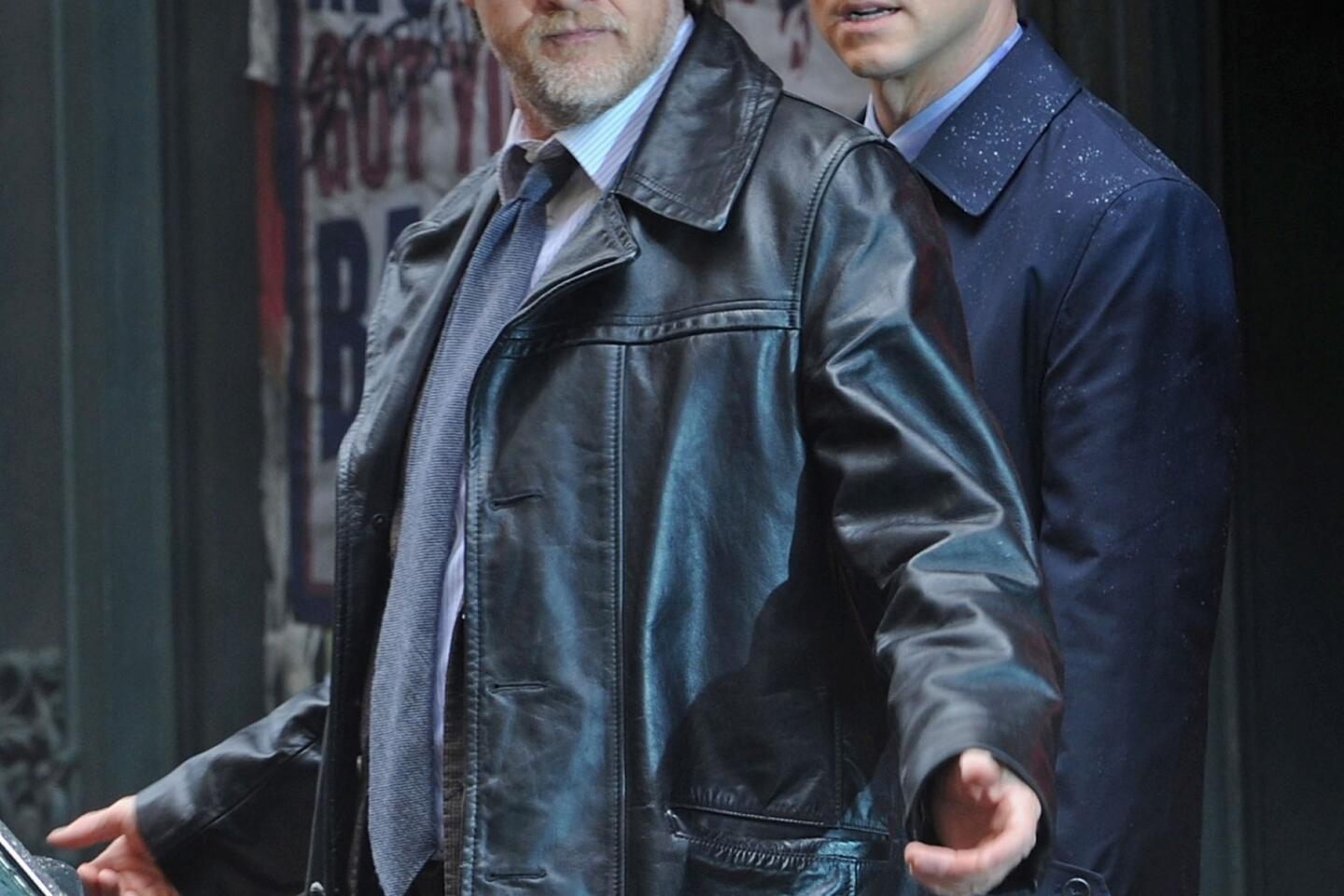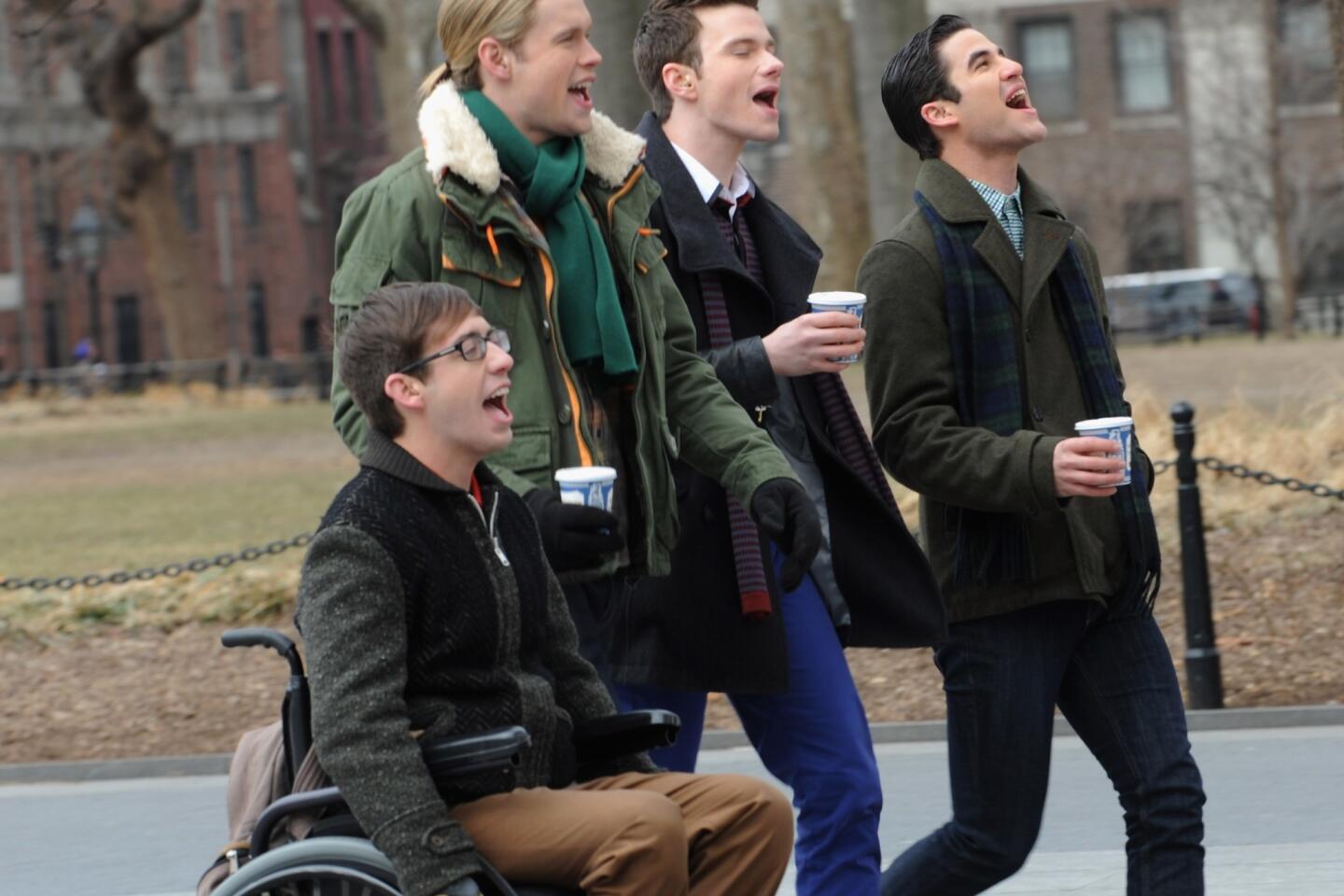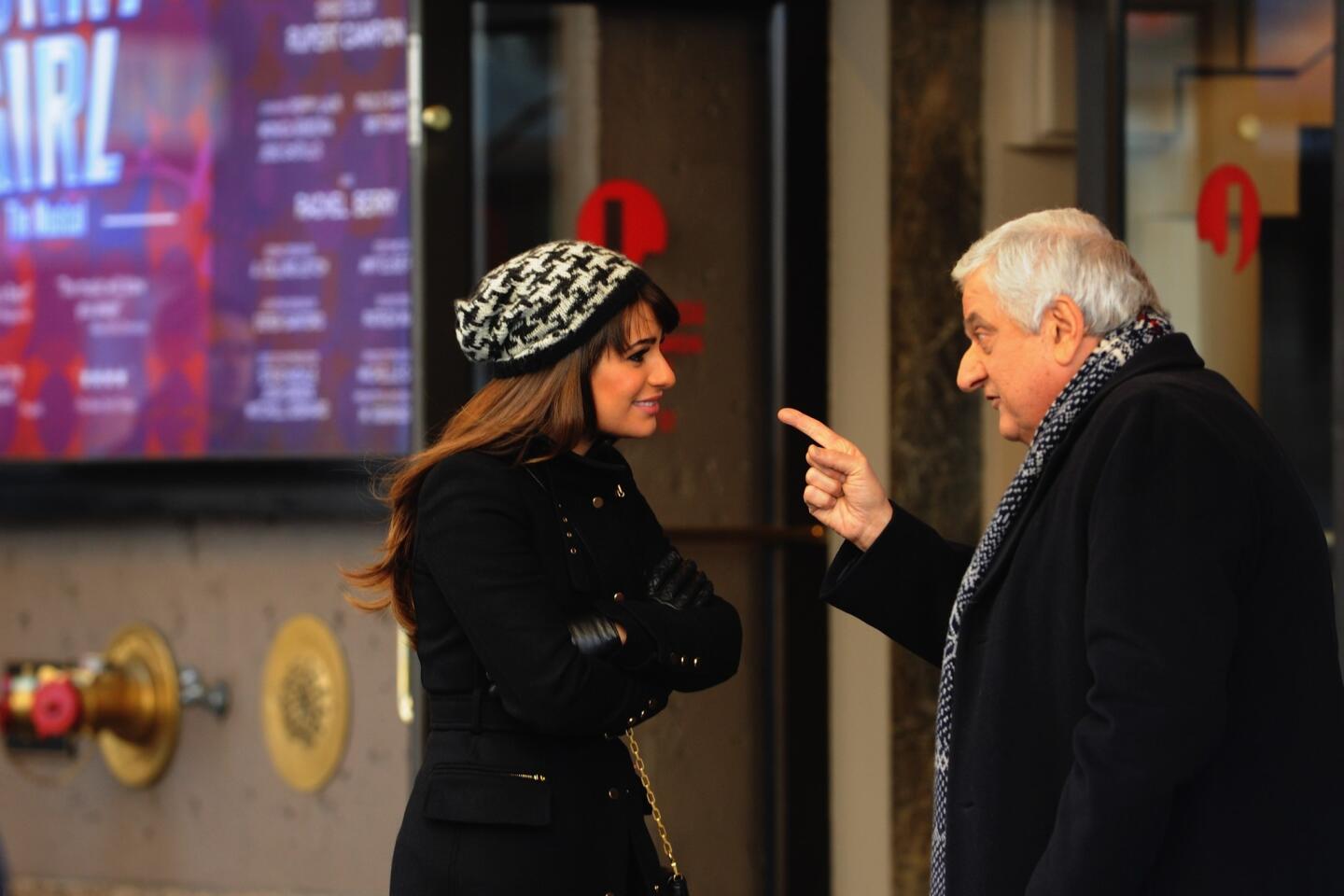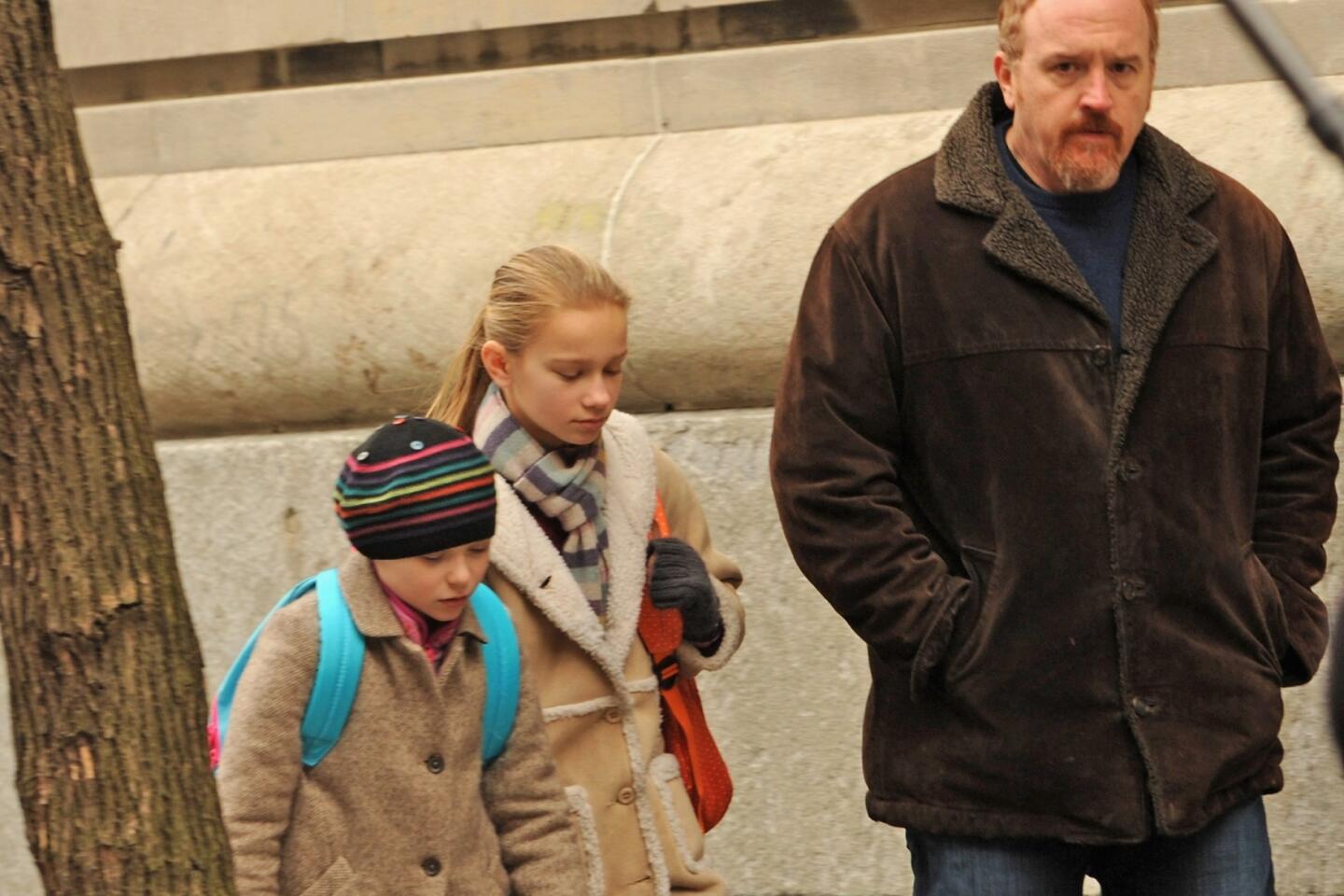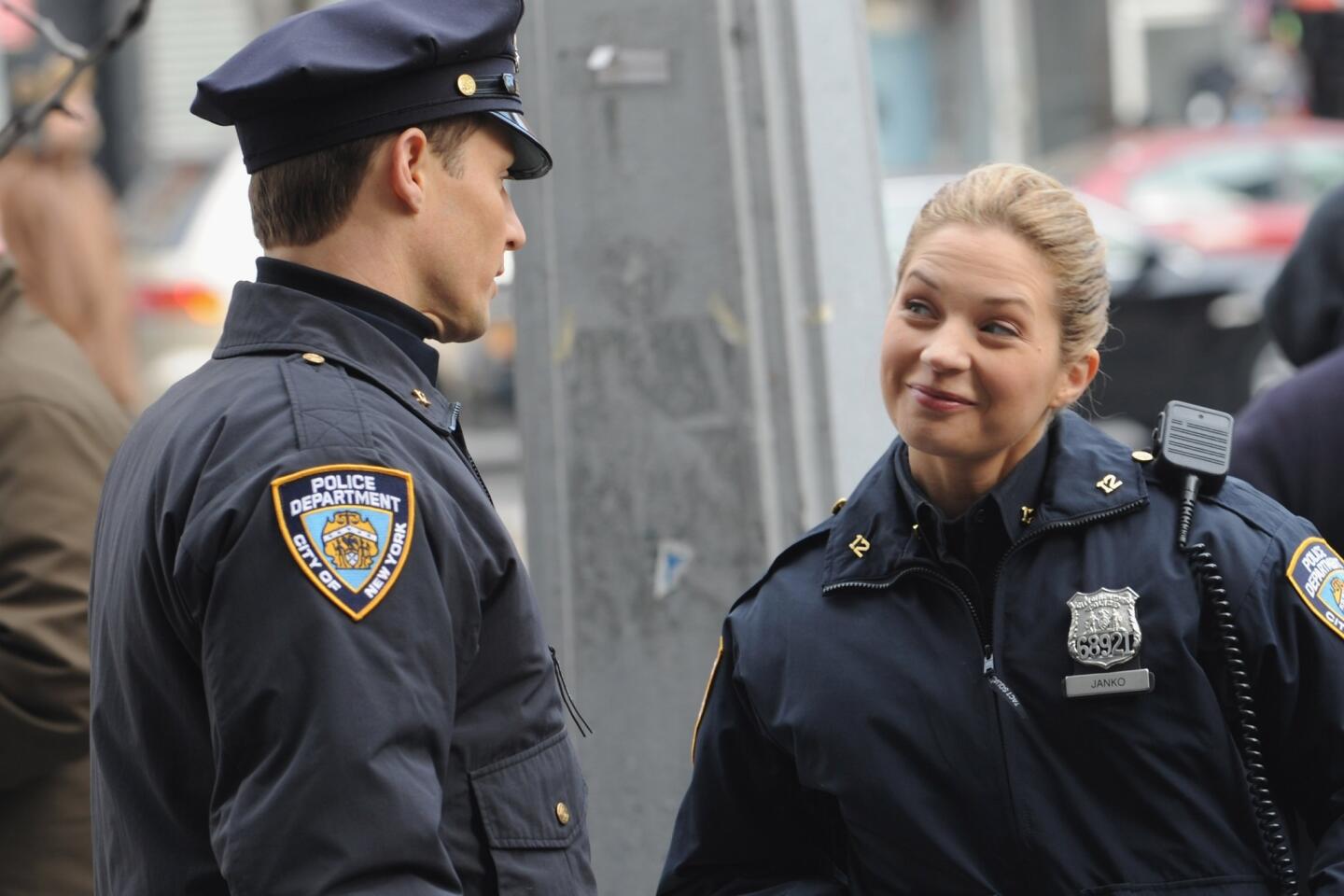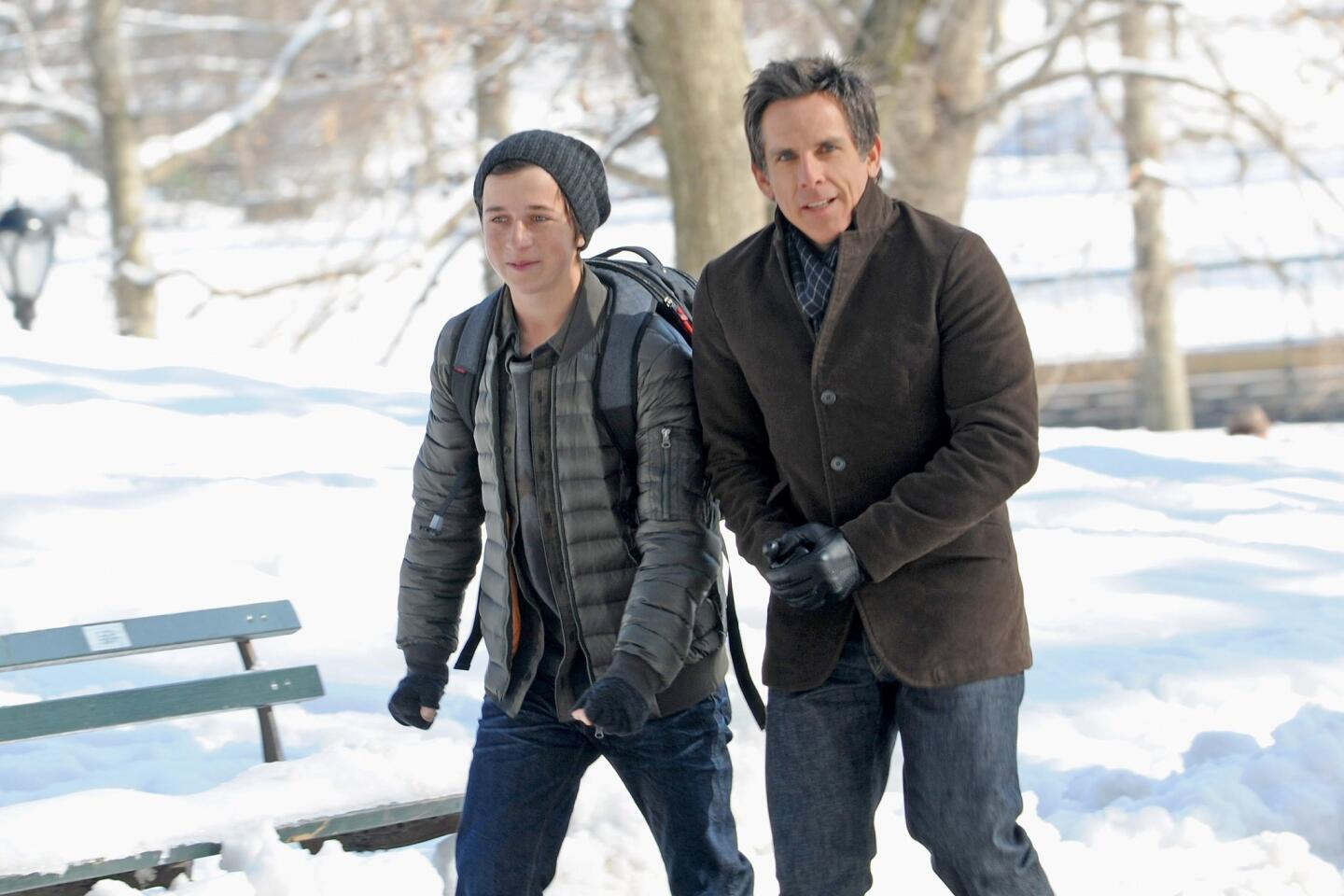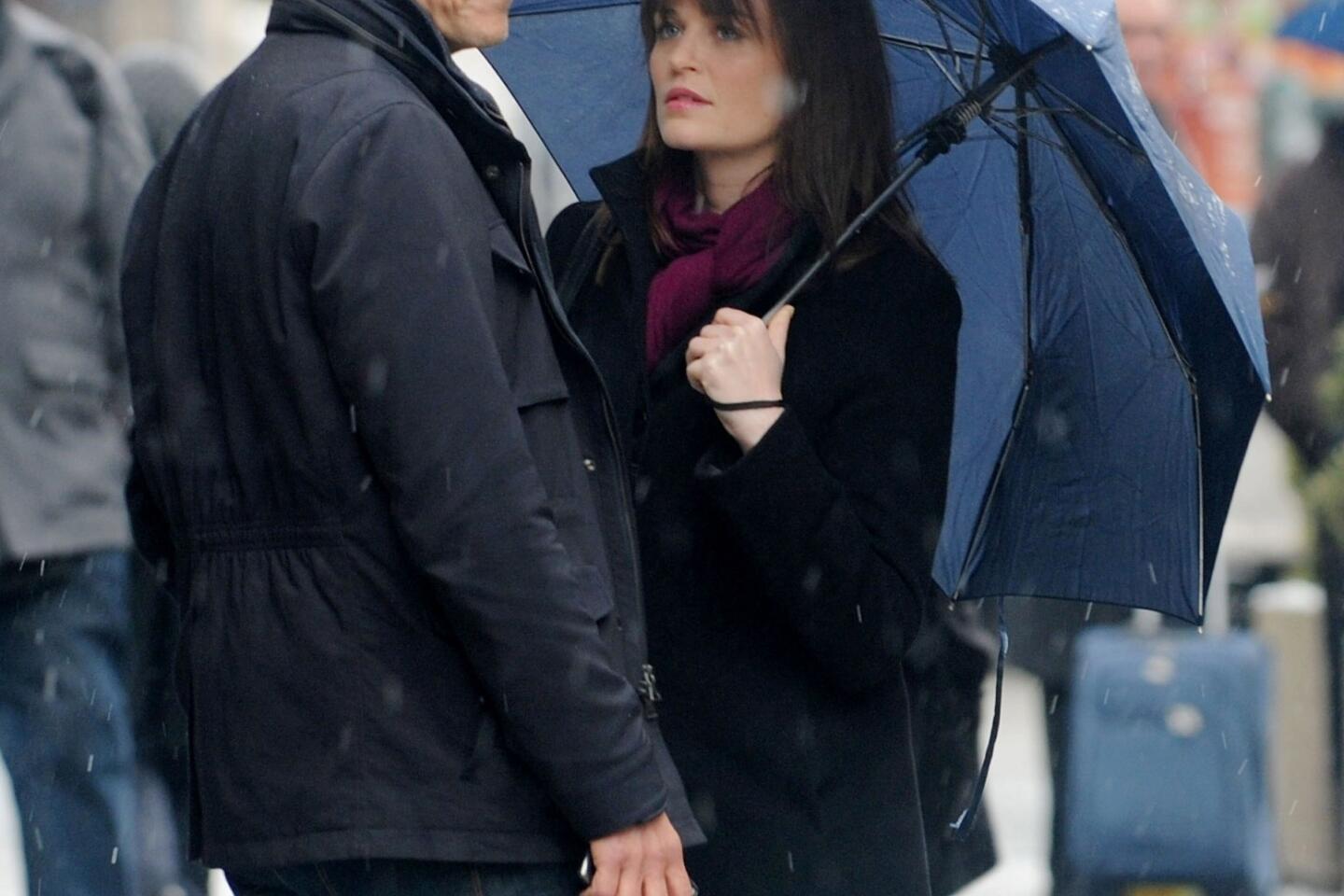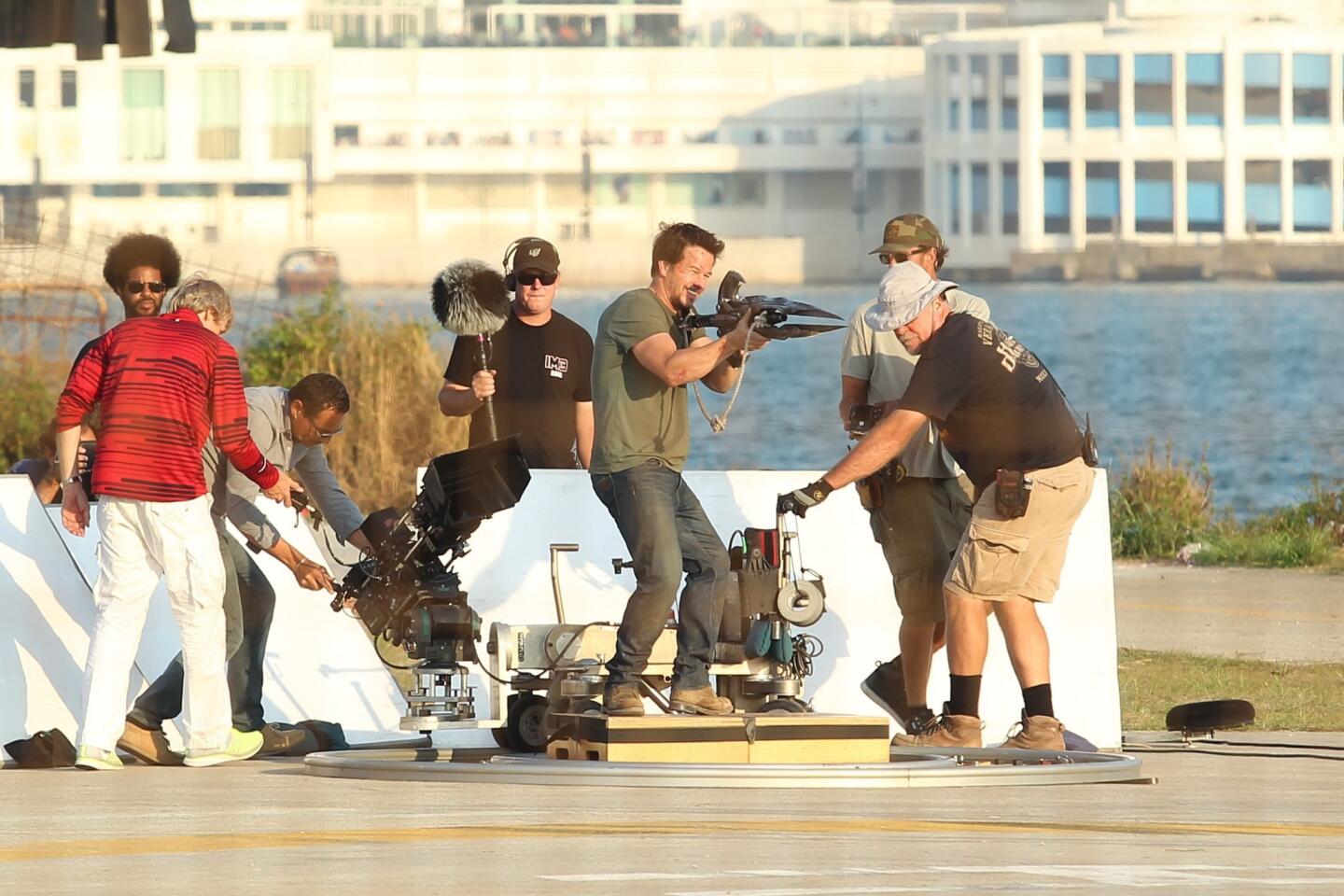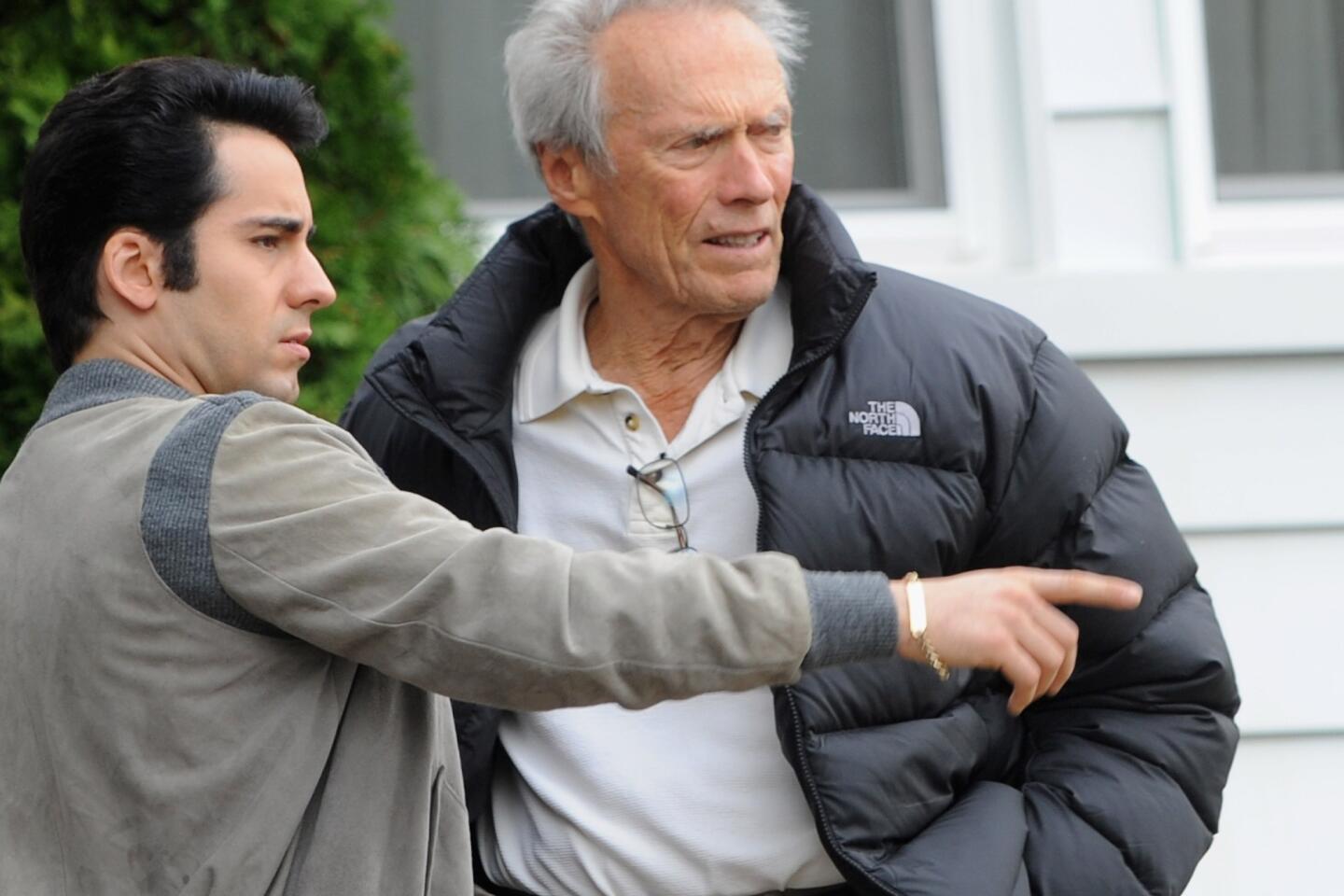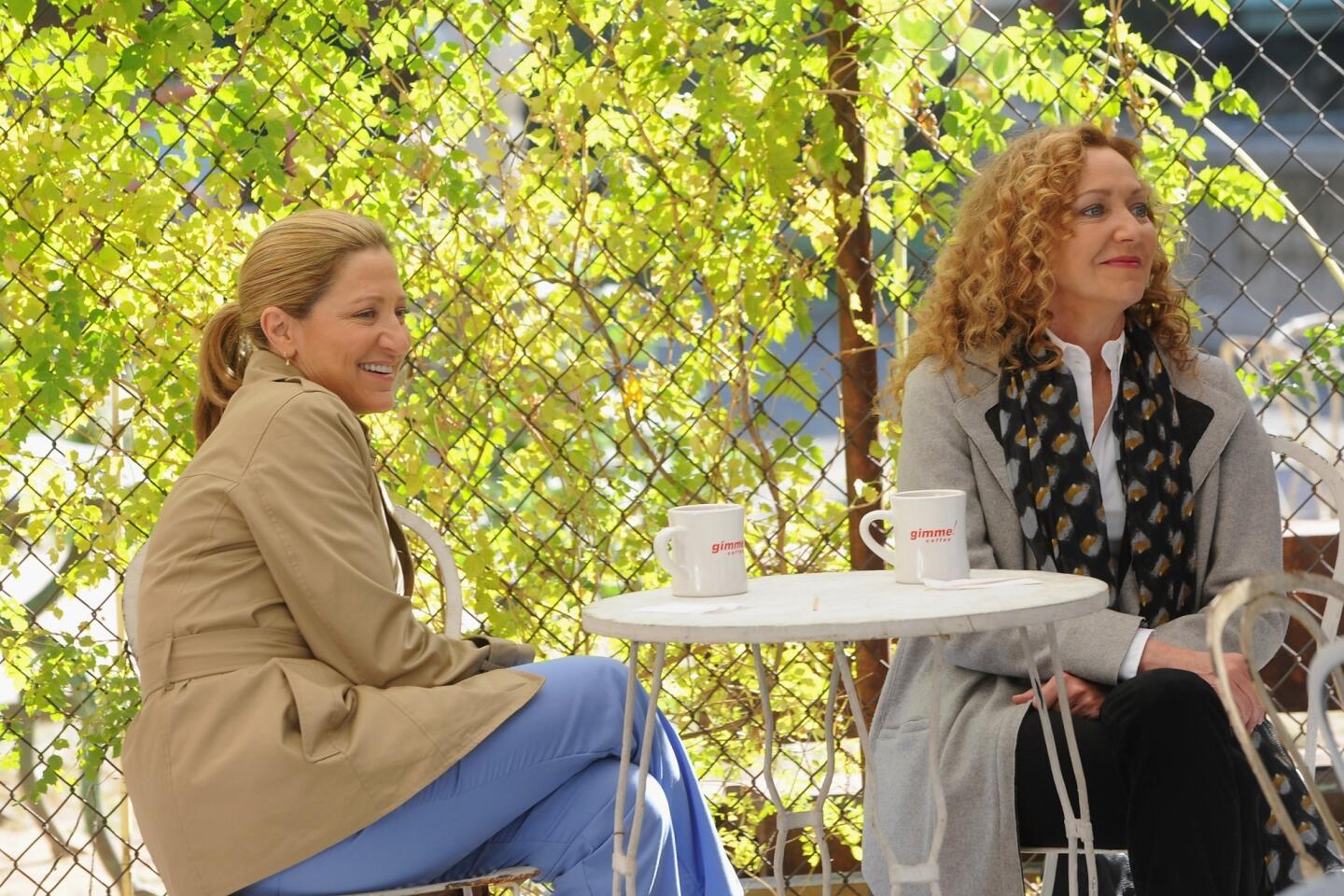Celluloid Ceiling Report: Scant progress for women behind film scenes
These might seem like idyllic times for women in Hollywood: 2013âs highest grossing film is the Jennifer Lawrence-led âHunger Games: Catching Fire,â and the sisterhood fairy tale âFrozen,â the first Disney Animation movie with a female director, is the Burbank studioâs most successful film since âThe Lion King.â
Yet the story of women working behind the scenes is decidedly less upbeat, according to a report being released Tuesday by the Center for the Study of Women in Television and Film at San Diego State University.
The Celluloid Ceiling Report found that women held an even smaller percentage of jobs on the top 250 domestic grossing films of 2013 than they did in 1998, when researcher Martha Lauzen first began compiling the data.
PHOTOS: Celebrities by The Times
Last year women accounted for 16% of directors, writers, executive producers, producers, editors and cinematographers working on the top films; in 1998 they held 17% of those jobs. Among directors, women accounted for a scant 6% in 2013, down from 9% last year and 9% in 1998.
âFor all of the action that weâre seeing on-screen there is almost nothing happening behind the scenes in key roles,â said Lauzen. âWe seem to be in a state of gender inertia. Weâre just not seeing any movement at all.â
In order to get a broader picture of employment in Hollywood, Lauzen expanded this yearâs study to include some new categories such as visual effects supervisors (5% women), special effects supervisors (2%) and composers (2%).
BEST MOVIES OF 2013: Turan | Sharkey | Olsen
The stagnation on film careers sits in contrast to the steady growth of women in the TV industry over the same years, Lauzen said. Women held 28% of the key behind-the-scenes jobs in broadcast television during the 2012-2013 season, according to Lauzenâs research, up from 21% in the 1997-98 season.
âIf you look at numbers in television, they tell a different story,â Lauzen said. âThereâs been slow but incremental growth over that same 16-year period. It might be that the female consumer is more highly valued in TV than film ... or that film historically has been seen as the more high-status medium. Itâs still seen as being more exclusive and remains more of a male-dominated domain.â
Itâs been four years since Kathryn Bigelow won the directing Oscar for âThe Hurt Locker,â which some in Hollywood felt might have signaled a change in the movie industry.
But this year it seems unlikely any female feature directors will even be nominated for an Oscar, and the Directors Guild of America has not nominated any women in its feature film category.
GRAPHIC: Faces to watch 2014 | Entertainment
âPeople expected Bigelowâs Oscar to have a halo effect on other women,â Lauzen said. âIt was a bit of wishful thinking. Attitudes remain a major stumbling block. There are some harsh realities women in the film community are facing.â
Nan Schwartz, a Grammy-winning composer who worked as an orchestrator on the 2012 movies âArgoâ and âRise of the Guardians,â said she wasnât surprised by the reportâs findings for women in her field.
âI donât think the general climate has changed for women composers in film for years,â Schwartz said. âThe image of a composer is a guy. Iâve conducted hundred-piece orchestras many times in my career. But the people who are hiring canât imagine I have the competence to do that.â
Schwartz said she recently put herself forward for the job of composing the score for the erotic romance âFifty Shades of Grey,â a 2015 film that she felt she might have a strong chance at because of its subject matter, female director and female screenwriter. (She lost out to A-list composer Danny Elfman).
âI have to be selective,â Schwartz said. ââSpider-Man 3â is not gonna want me.â
More to Read
Only good movies
Get the Indie Focus newsletter, Mark Olsen's weekly guide to the world of cinema.
You may occasionally receive promotional content from the Los Angeles Times.
